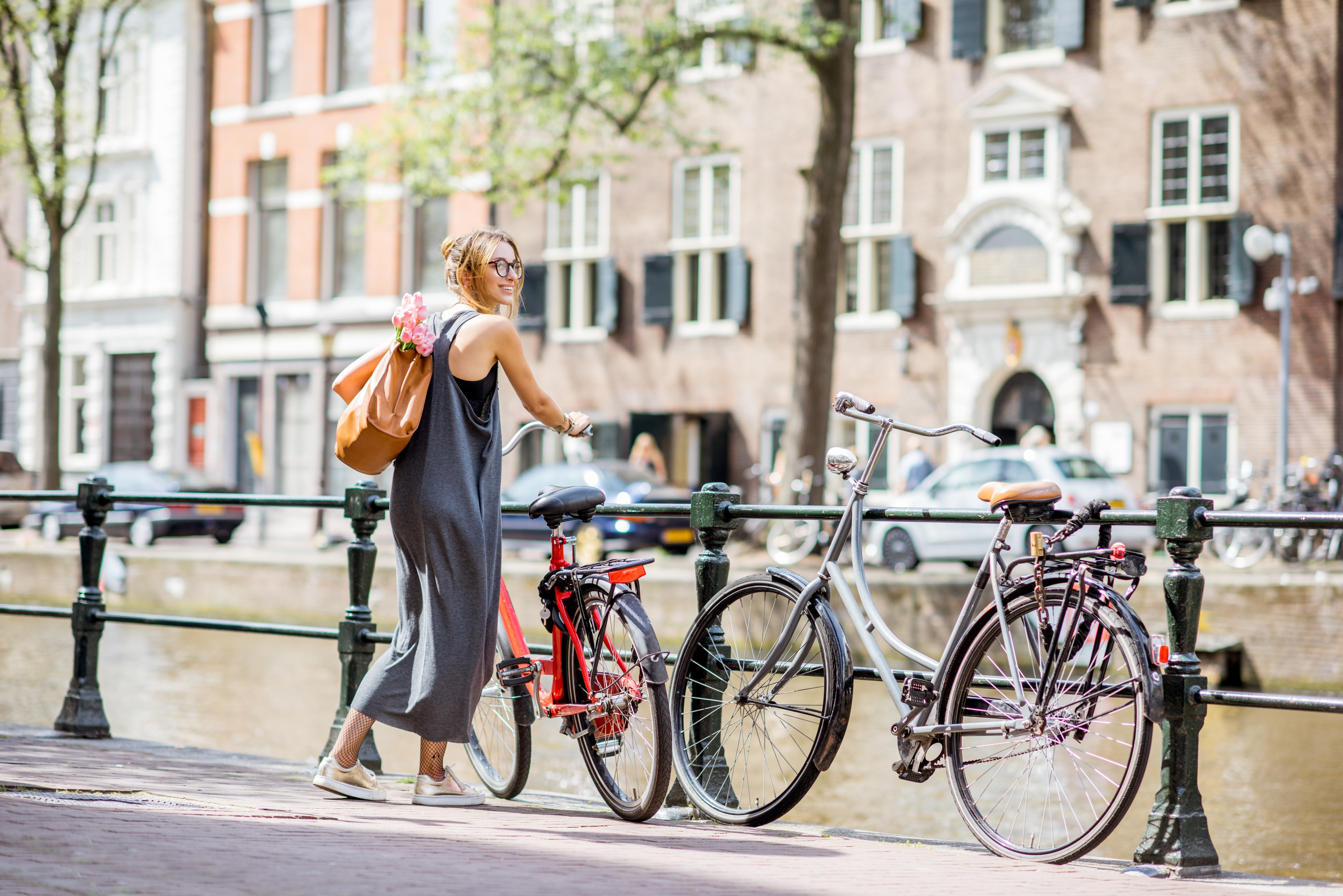Local Status: Confirmed! From Outsider to Neighbour
What does it take to feel like you belong?

I'm not sure I've ever truly felt like a local.
Not even where I came from.
Maybe it's something about never quite fitting into the default settings.
Or maybe it's just that local isn't a location, it's a feeling.
And for some of us, it's a feeling that takes time.
So when I moved to Amsterdam, I didn't expect that sense of belonging to arrive on cue.
And for a long time, it didn't.
It took me two years.
Not to move. Not to unpack.
Not to figure out the bike lanes or stop getting lost on my way to the Albert Heijn, which I swear keeps shifting location depending on my mood.
No, it took me two years to finally put flower pots outside my front door.
And when I did, I found myself out on the pavement one warm evening, watering them like it was the most natural thing in the world.
Except it wasn't.
Not yet. Not really.
But as I stood there, quietly doing what everyone else on the street does, I felt it.
A shift.
This wasn't just my house anymore.
This was my street.
So When Do You Actually Feel Like a Local?
It's a weird question, isn't it?
You can have your name on the mailbox, pay your taxes, even argue (badly) with customer service in the local language, and still feel like a visitor.
You can be physically in a place for years and emotionally hovering just outside it.
And I think about this a lot.
Not just because I've moved countries more than once, but because I work with cities, with spaces, with people.
I spend my days planning for community, designing for belonging, and advocating for places where humans can feel more human.
But even then, even knowing all the theory, there's still this moment when you realise:
"Oh. This is it. I'm not just living here. I am here."
So what is it that actually makes you feel like a local?
Let's break it down.
1. Knowing The Space
At first, everything is off.
You walk around like the city’s waiting for you to mess up.
You learn the hard way that the bike lane is not a pedestrian shortcut and that putting sprinkles (hagelslag) on bread isn't just for kids, it's basically a national breakfast philosophy.
But eventually, you find your own landmarks.
The canal where the light hits just right.
The tree that tells you it's autumn before anyone else does.
The exact same cobblestone you always trip on (and realising it's part of the charm).
You stop needing Google Maps.
Your feet know the way home.
You're no longer navigating.
You're moving with.
2. Being Recognised (Not Just Recognising)
This is the juicy part.
Because you can memorise every street name in town and still be invisible, but the day someone else sees you? That's a turning point.
When the barista starts your order before you open your mouth.
When the neighbour nods instead of looking through you.
When you get invited to water their flower pots while they're on holiday.
That's when you realise: you've moved from "a person who lives here" to "someone who belongs here."
It's subtle.
No parade.
No newsletter announcement.
Just a sense that you're now part of someone else's scenery, too.
3. Cracking The Code (The Unspoken Rules)
Every place has them.
The social choreography that doesn't come with a welcome packet.
Here in Amsterdam, I've learned:
- Don't walk four-wide on a bike path unless you want to end up in a hospital while your soul screams out of you.
- Always say "hoi" to your neighbour, but don't expect small talk.
- The proper way to lock your bike is a rite of passage. Do it wrong and it WILL be stolen. Twice.
And once you get these things, not just logically, but intuitively, you move through the city differently.
It's less like you're trying to impress it, more like you're part of its rhythm.
It's not about faking it until you make it.
It's about absorbing the place until it starts to shape you back.
Let's Wrap This Up
I think we often assume that belonging is some big milestone.
A friend group.
A dinner party.
A job contract.
But more often, it's small. Quiet. Unexpected.
It's standing on the pavement with a watering can in your hand, thinking about absolutely nothing, and realising, this is my spot.
As someone who's spent the past two decades thinking about the relationship between people and place, from masterplans to neighbourhood cafés, I know how easy it is to design for functionality and forget the invisible layer: the feeling of being home.
Belonging isn't just a personal experience. It's a public good.
And whether it comes through street design, social spaces, or a line of flower pots, we all need to ask the same question:
Are we building places that people can truly inhabit, not just borrow?
Because when we do, even the most ordinary Tuesday evening can bloom into something a little bit magic.
Lots of love,
Stina



.svg)